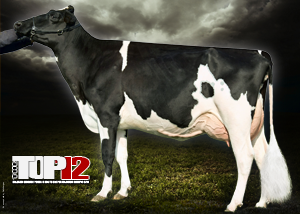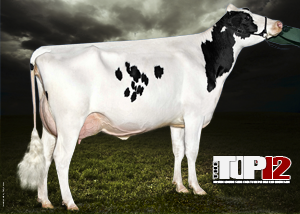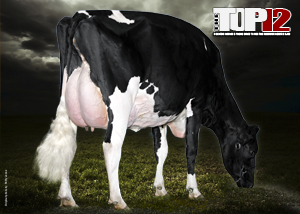Many cattle breeders may be under-spending on semen. They have the mistaken idea that not spending is providing savings. What they are failing to consider is that short term savings could be causing expenses in the longer term. While the old adage “It takes money to make money.” seems cynical, there are times when it simply means there is good cause for loosening the purse strings.
Heifer Costs TODAY
A check of dairy heifer rearing costs for North America reveals a range between $1900 and $2200. For today’s discussion, let’s assume that that is the cost to produce an average proven sire daughter. It takes five doses of semen to get a heifer calf (including repeat services and a ratio of 50% bulls and 50% heifers). Therefore the cost to get a higher quality heifer is $ 2000 + 5 times the extra semen dose costs. That is the simple math and the simple answer is “Yes!” It costs more and the numbers could range, on average, from $25 to $50 extra per female bred per year.
What’s it WORTH to YOU?
It would be wonderful if you could dial in a one-size fits all answer to the complicated business of dairy cattle breeding. Since we can’t, we have to constantly analyze our business and the marketplace. Each dairy herd ultimately has to make semen buying decisions based on the answers to questions such as these ones:
- Where are the genetics of your herd at today?
- Where do you want your herd genetics to be in the future?
- What financial or logistics issues affect your sire choices (i.e. herd size; availability of semen)?
- What market are you targeting as your revenue stream (sales of milk, embryos or breeding stock?)
A Closer Look at SEMEN
Looking at recent economic studies we found that, on average, North American producers spend about 1.5% of their annual expenses on AI costs. On average that is $76 per cow per year and that does not include the on-farm labour costs for herds that inseminate their own animals. If, upon reading this, you are happy with where you fit in relation to the average, let’s remember “Being average today means that you will be behind tomorrow!”
At The Bullvine we are interested in which sires get used. We obtained the semen price lists for six major North American AI studs. Each organization has different product lines and their pricing strategies and customer focus groups also differ.
Our next study was to determine average semen prices, depending on a bull’s merit. For each organization we determined a weighted average semen price and compared categories of bulls to that average. The following chart shows how much extra you would have to spend on semen cost to get the targeted results. (See below)
What’s the DIFFERENCE?
| Targeted Results |
Extra Semen Cost per Dose |
| Average Proven Sire on Price Listings |
$ 0 |
| Sexed Semen |
+ $19 |
| Proven Sires |
|
| Over 2200 TPI and PTAT >2 or 2500 LPI and CONF >+10 |
+ $22 |
| Over 2000 TPI and PTAT >1 or 2000 LPI and CONF >+5 |
$0 |
| Other bulls |
-$21 |
| Net Merit > +$600 |
+ $10 |
| Unproven Sires |
|
| Genomics TPI > 2200 or LPI > +2500 |
+ $ 18 |
| Genomics TPI < 1800 or LPI < +2000 |
– $ 11 |
| Net Merit > + $750 |
+ $ 12 |
Since neither Red nor Polled Sires on the price lists covered the genetic merit ranges listed above, a comparison for those categories was not possible.
An increase of $20 per dose is one thing when you’re looking at a 40 cow herd but it becomes quite significant in a herd of 500 cows. Is it a good investment or a worrisome expense?
What Is The Sexed Payback?
At the outset you have to accept that any payback from using sexed semen or will be three to four years down the road. With sexed semen, although there is lower conception and therefore it requires more doses per pregnancy, you are 90% sure of getting a female. Some breeders limit the use of sexed semen to their higher genetic merit animals. The payback is that they get more heifers from cow families they want to build from. Consider that 100 cows require an average of 30 replacements (a range form 20 to 40 dependent of herd). Using sexed semen on your top 50 cows will cost an additional $2850 ($19 x 3 or $57 in semen per cow). Your savings will have been in not rearing heifers from lower end cows. Those low end heifers can be sold at birth, vealed, bred for beef calves or used as embryo recipients. If you save $250 per cow per year in rearing fewer calves and getting some income from low end heifers calves, you save $25,000 for every 100 cows in one year. Why isn’t everyone using sexed semen? Simple answer: Sexed semen is not available on unproven or all top bulls.
Proven Semen: Show Me The Money?
The difference in semen cost between an average and top proven bull is $110 (5 x $22) per heifer calf. By selecting to solve herd problems (Read more – Fact vs. Fantasy: A Realistic Approach to Sire Selection and From Fantasy to Reality – Top Sires to Address Herd Culling Problems), here is what should you get for your money:
- Less mastitis
- Less feet problems
- Less labour for calving problems
- Less labour for health problems
- Higher performance
- Longer Productive Life
If you can save $250 per cow per year on these issues, you will net $14,000 per hundred cows. So you have invested $11,000 to get $25,000 back. A net of fourteen thousand is nothing to sneeze at. And, unlike with sexed semen, you should be able to target the bulls that provide the corrections that your herd needs.
You Could Get EVEN MORE MONEY.
There is a $29 difference (-$11 vs. +$18) between young sire with low genomics compared to one with high genomics. Here it gets into exactly which young sires you use. If you use the top ones, you reduce the risk of calving out the “dogs” from lower end genetic bulls. If it costs $2000 to raise a “dog” and she sells for $1500 (or less) you have lost $500 at the outset. On the other hand, the scenario of using the top genomics young bull produces a heifer with significantly more sale value than the $2000 cost to raise her. Using high genomics, you again have the potential for savings on mastitis, feet, calving and health problems. With genomic testing of your heifers, you also have the choice of not raising an animal that is undesirable for your target market. Granted there is an added cost of $45 but you potentially save on rearing costs, have parentage verified and you have a head start, if the numbers are high, of attracting interest from the marketplace.
Can You Bank On It?
Depending on your scenario, the opportunity to benefit from investing more dollars in semen can vary. Let`s look at different scenarios.
If you are heavily into ET and IVF, avoid sexed semen as it appears to give poor results. You are going to have to make your money back from using non-sexed semen from the top sires and merchandising some progeny from them to cover the added costs and more bull calves. (Read more – $10,000 a dose polled semen and $750 Dollar Semen! Are you crazy?)
If you are milking 500 cows, you can use both sexed semen and semen from top proven and genomics sires. Your challenge is that you will have to manage more breeding events but your rewards are that you do not need as large a heifer herd around for replacements and the ones you do have will be of a higher quality.
If you are working with robotics, you may feel that semen isn`t a big issue that you are more concerned with cows that work within your system. However, you have already got the savings on labour and you can invest some of those dollars back into raising the genetic level of your herd. This could be a new revenue stream to assist your bottom-line. (Read more: Robotic Milking: More than just automation it’s a new style of herd management)
Low Cost Semen Actually Costs More Money
If, over several years of breeding, you consistently choose your semen based on low cost, you are not only falling behind the genetic curve but you are also not solving the problems that your herd has.
The Bullvine Bottom Line
The bottom line is that if you really want to move forward in today’s dairy breeding business, you’re going to have to invest money in semen! Lose the death grip on your wallet.
When the sires you use meet your on-farm needs, semen is never too expensive!!

Not sure what all this hype about genomics is all about?
Want to learn what it is and what it means to your breeding program?
Download this free guide.
Other posts you might like:







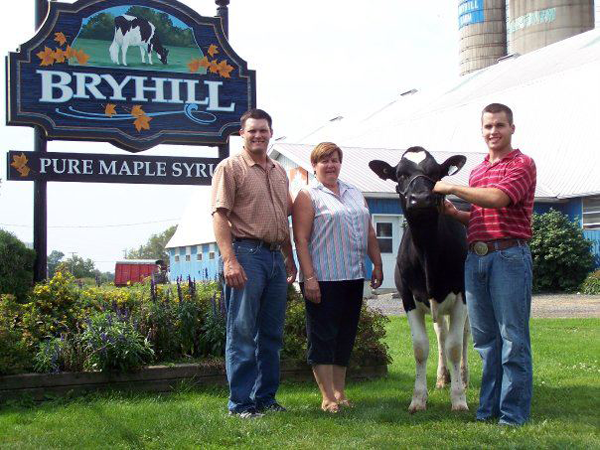
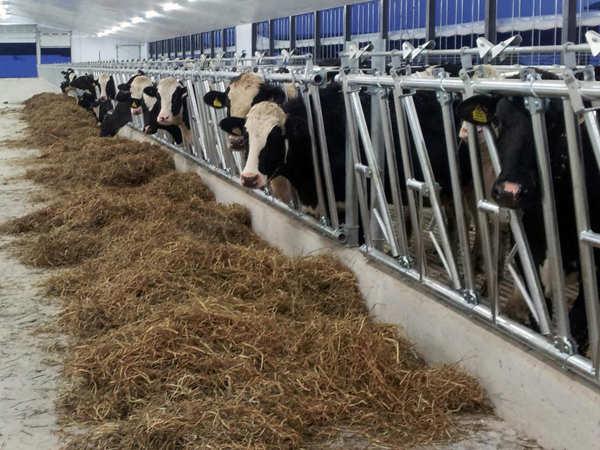
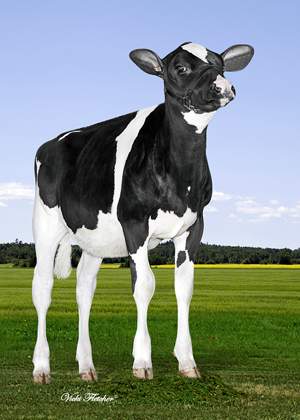
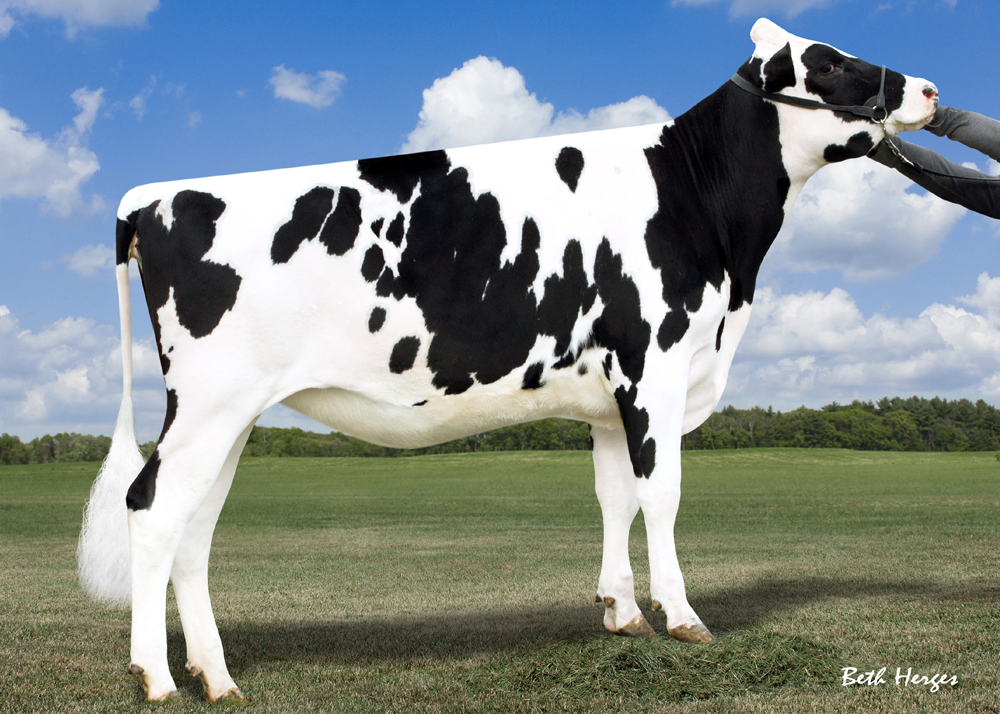

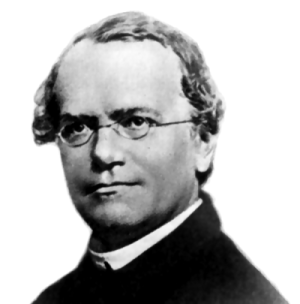


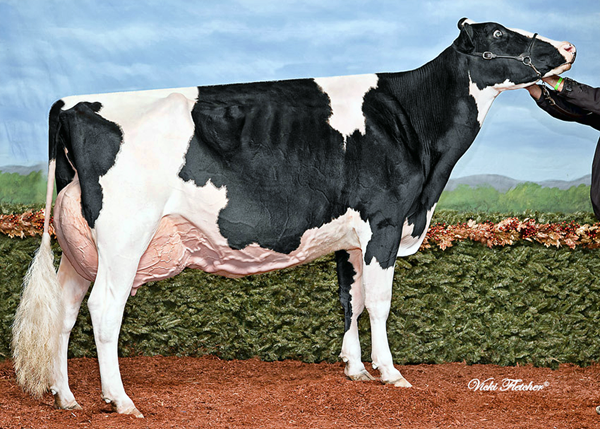
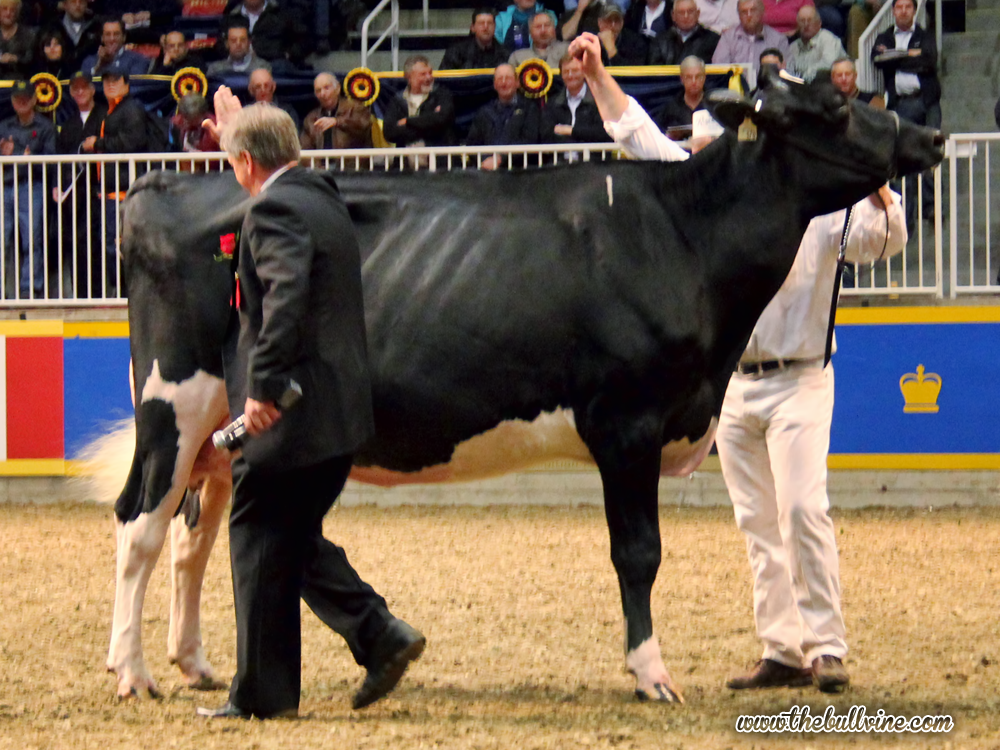

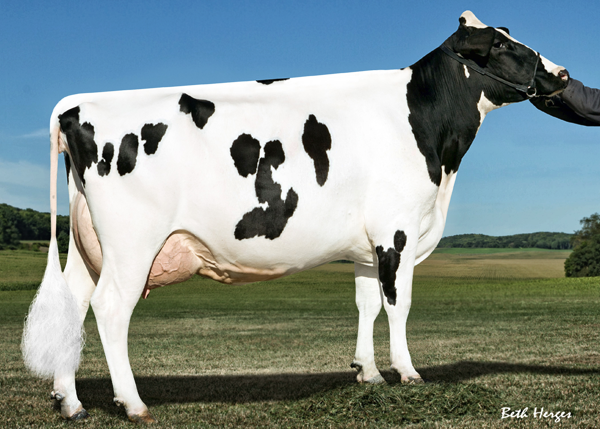
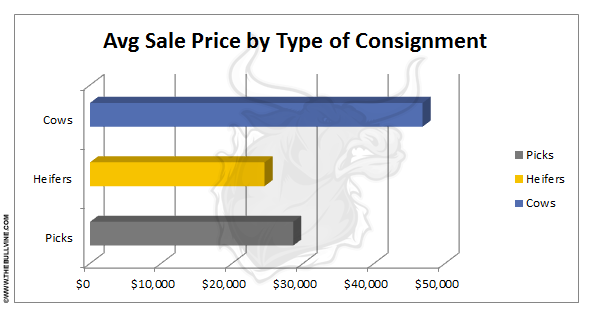
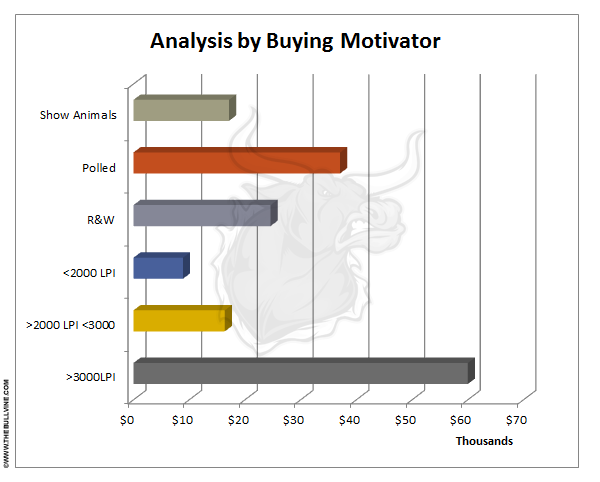
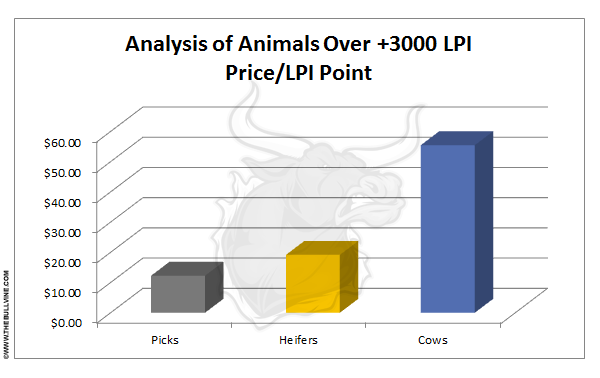
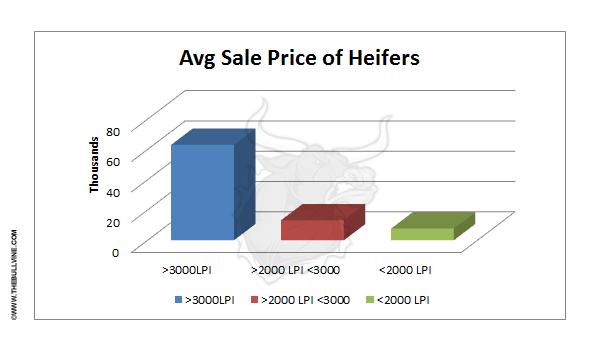
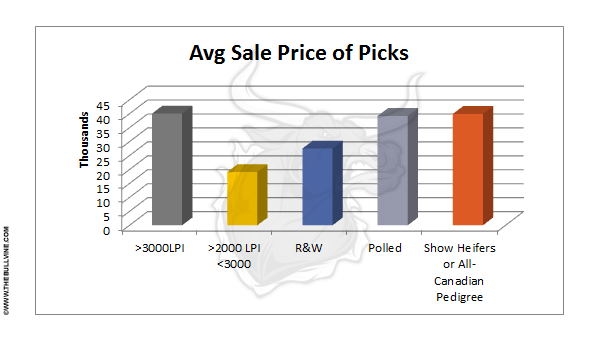
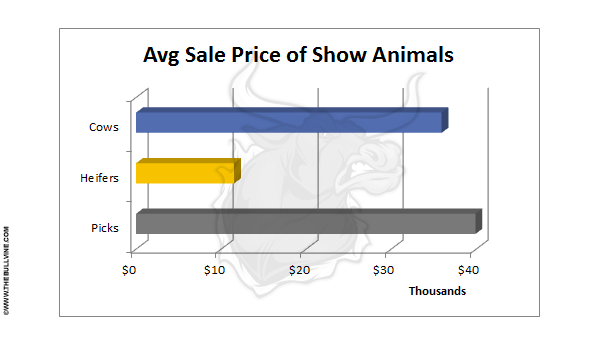
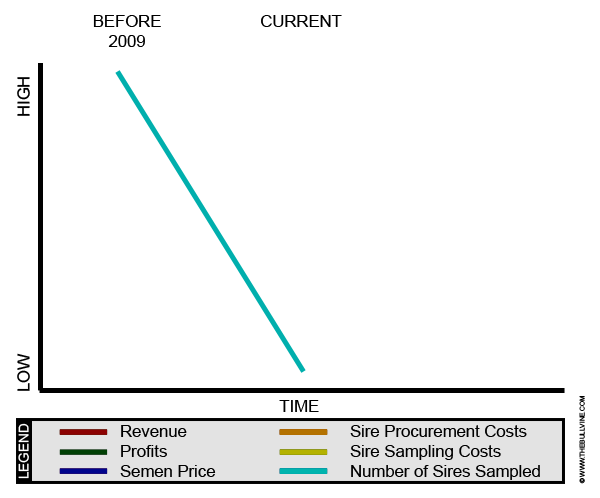
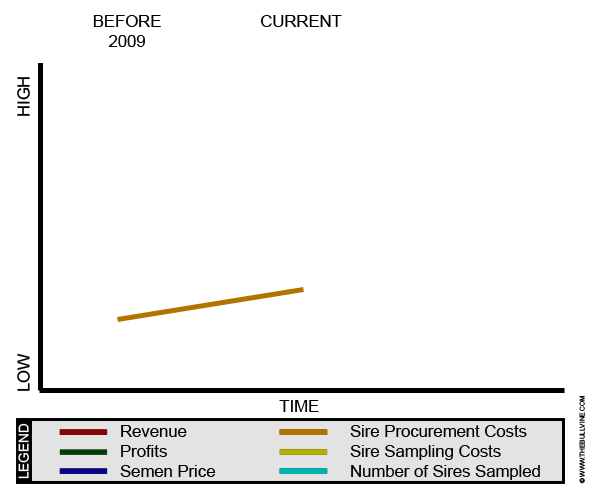
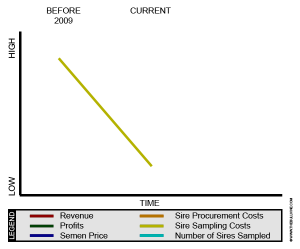
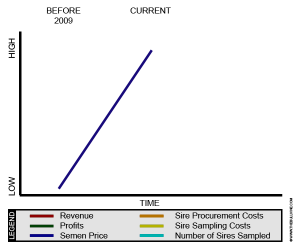
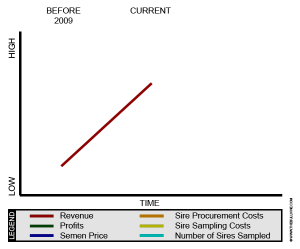
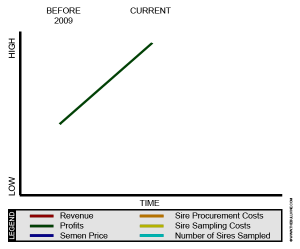


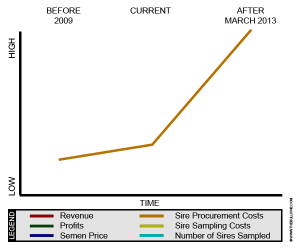
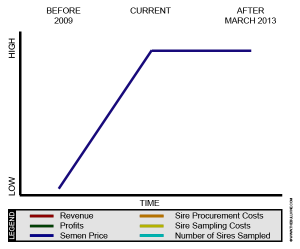
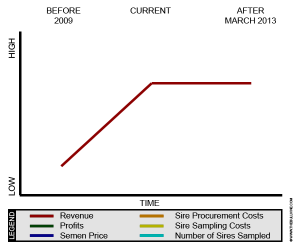
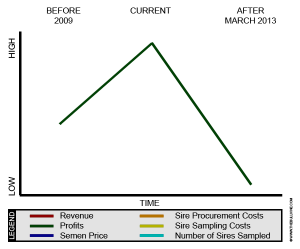
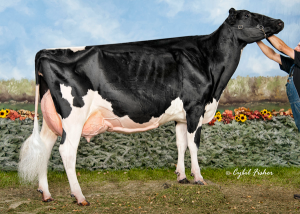
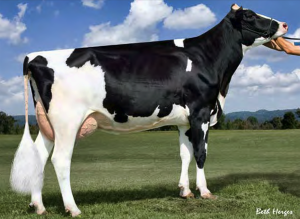
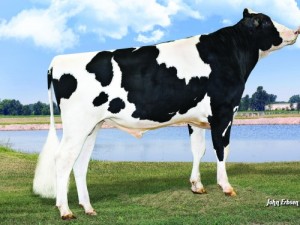
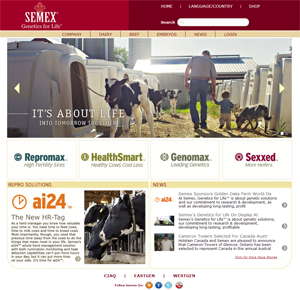 In today’s business world, if you don’t have a better product, you had better do a great job of marketing your product. For years, Semex has been able to market and sell based on the ‘Canadian Kind’. However, genomic evaluations has pretty much all but removed any customer loyalty and regional advantages that may have existed for AI companies in the past. Breeding programs have been adjusted by most major AI companies so they can deliver product that will satisfy breeders individual breeding strategies. AI companies, the world over, have had to redefine their business model over the past few years and rebranding has had to be addressed. Recent print ads and website changes would suggest that without the top of the list product to sell Semex has started to rebrand itself.
In today’s business world, if you don’t have a better product, you had better do a great job of marketing your product. For years, Semex has been able to market and sell based on the ‘Canadian Kind’. However, genomic evaluations has pretty much all but removed any customer loyalty and regional advantages that may have existed for AI companies in the past. Breeding programs have been adjusted by most major AI companies so they can deliver product that will satisfy breeders individual breeding strategies. AI companies, the world over, have had to redefine their business model over the past few years and rebranding has had to be addressed. Recent print ads and website changes would suggest that without the top of the list product to sell Semex has started to rebrand itself.